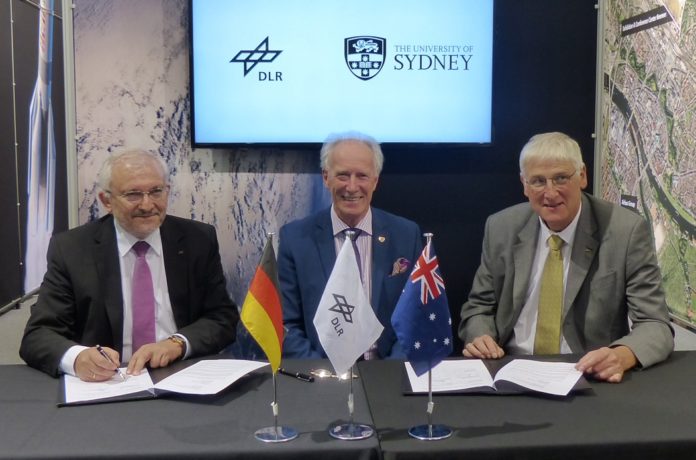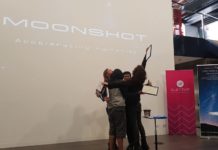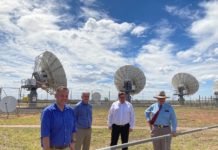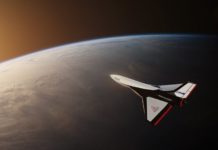
The German Aerospace Center (Deutsches Zentrum für Luft-und Raumfahrt; DLR) and the renowned University of Sydney have declared their intention for future cooperation in research and teaching activities related to aerospace research by signing a Memorandum of Understanding (MoU) on 27 September 2017 at the International Astronautical Congress in Adelaide, Australia.
The MoU was signed by Archie Johnston, Dean of the Faculty of Engineering and Information Technology, Hansjörg Dittus, DLR Executive Board Member for Space Research and Technology and Hubert Reile, DLR Programme Director Space Research and Technology.
On the Australian side, the activities will be carried out at the School of Aerospace, Mechanical and Mechatronic Engineering, which is part of the Faculty of Engineering and Information Technology at the University of Sydney.
“We are thrilled to be partnering with one of the world’s leading space agencies. This partnership will ensure the University of Sydney’s researchers, students and graduates play a leading role in the future of space exploration in Australia and beyond,” said University of Sydney Vice-Chancellor and Principal Dr Michael Spence.
For the next three years DLR will support the faculty with the design and development, building and testing, as well as integration and launch of satellite technology. “At the University of Sydney, we are interested in going beyond the science and theory of space engineering to explore real-world space engineering applications,” said Professor Johnston.
“We are pleased to have found a partner in the University of Sydney for a cooperation with Australia. We expect ground-breaking insights from this cooperation,” said Dittus.
Multi Spectral Satellite for Australia and Germany
One of the first collaborative activities will be led by the University of Sydney’s recently appointed Executive Director of Space Engineering Warwick Holmes – an avionics engineer who tested and launched 10 spacecraft for the European Space Agency over a 30-year period, including the famous Rosetta probe.
Warwick Holmes, Executive Director of Space Engineering at the University of Sydney said: “We will be able to take full advantage of DLR’s technological experience and competency in operating a small, 0.5 cubic metre volume, 150-kilogram satellite for Earth observation. This experience will help us to launch the Multi Spectral Satellite for Australia and Germany (MISAD).”
MISAD will be equipped with two payloads: a multispectral camera that will image the Australian continent, for instance by monitoring the water quality of lakes, rivers and dams for agricultural purposes.
The second payload will be the Australian equivalent of the DLR BIROS satellite, which identifies so-called high-temperature events, such as forest fires, from space. The cameras on the MISAD would also be optimised to detect water quality of lakes, rivers and dams.
“These cameras would have the ability to detect when a dangerous algae-bloom is about to choke the precious inland water supply of the Murray-Darling basin, for example. This allows environmental agencies to release an environmental flow of water or necessary environmentally appropriate chemicals to prevent the algae from developing,” said Mr Holmes.
“Similarly MISAD would carry a very sensitive infra-red camera for detecting bushfires from space. This means bushfires down to just a few metres in diameter can be detected from space anywhere on the Australian mainland.”
Hubert Reile commented: “We will only be able to find answers to global climate change challenges if we work together on a global scale.”
Holmes said MISAD would be the very first Australian Earth observation satellite completely operated by Australia and used to image the country without being under the control of another entity (such as NASA, the US military, or commercial suppliers).
“If the project gets the go ahead, we believe it will also be the most advanced and sophisticated satellite built in Australia to date,” he said.
Over the longer term, the partners also intend to explore other collaborative pursuits which may include scientific earth observation missions, inter-country visits, and mobility programs.






